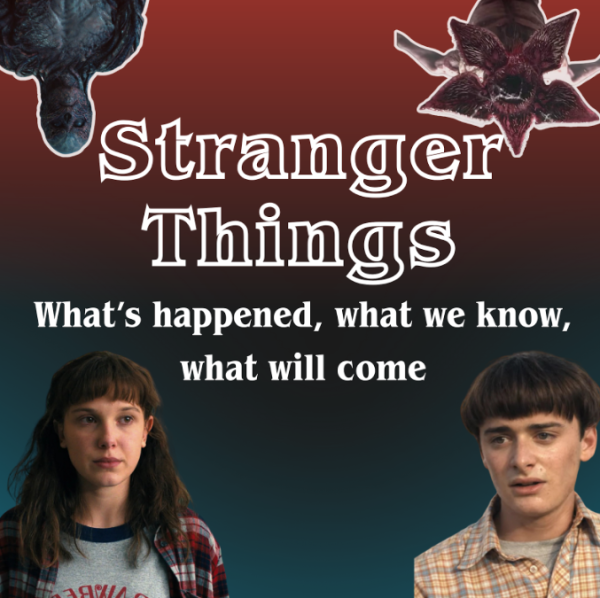15 Years Later, Viva Piñata Is Still an Incredible Classic
November 9 marked the 15th birthday of the wonderful game Viva Piñata. Released in 2006, its simplistic gardening plot and nostalgic features make it a relaxing game that you can always revisit. It has similar traits to The Sims and Animal Crossing, as it appeals to those who have a love for whimsical playing. Both interactive and calming, it’s a safe bet for whenever you want to treat the kid within you.
The premise of the game is to make your own garden, attracting piñatas along the way. In the game, these live piñatas are essentially animals that you interact with and draw into your garden. The piñatas are initially black and white, but they turn colorful if your garden meets certain requirements for each to become a resident. Your garden has boundaries that level up, and as you add rivers, ponds, trees, flowers, and plants, certain piñatas will be attracted to it. There is also a nearby village where you can buy food, seeds, decorations, plants, outfits, and even cute houses for your piñatas or piñata families. You can dress up your piñatas with accessories and name them as well, creating a perfectly domestic and calming environment.
What adds to the appeal of the game is that many things are inspired by candy. The currency of the game is chocolate coins, there are literal piñatas, and perhaps the most endearing part is that each pinata’s species name is a play on some candy or sweets. For example, there are Roarios (which have a name mix of Oreos and lions), quackberries (berries and ducks), moozipans (marzipan and cows), doenuts (donuts and deers), pretztails (pretzels and foxes), and so on and so forth. It gets you in the Pokémon headspace, wanting to learn about them all.
Easter eggs are also placed throughout the entire game, creating a fun challenge for players to figure out all its hidden secrets. For instance, there’s a special trick to turn a syrupent (syrup and snake) into a double-headed snake and another trick to turn double-headed snakes into four-headed snakes. Also, a taffly (taffy and fly) is a very cheap and common piñata, but it can be secretly turned into a reddhott for free, which is worth nearly seven times as much! Pinatas can also be fed specific things to change their colors, though the specifics vary from piñata to piñata. There is also a special Dragonache, which is not obtained through conventional means and holds even more little secrets. All of this and more for you to figure out in your gardening adventures!
Of course, with goodness, there is also evil. Though there’s nothing too stressful in this game, there are “sour” piñatas that leave bad candy, potentially making your piñatas sick if eaten. No worries, though, because there is a doctor in the village. With the right resources and ingredients, you can transform sour piñatas into good ones to live in your garden. You must also watch out for the Happiness Level of your piñatas because if they become too depressed, they may get sad and leave your garden. Also, some piñatas aren’t compatible and thus may get into fights. Though, this can sometimes be amusing, as each piñata species has its own little symbols and unique battle techniques.
Perhaps the most captivating part of this game is the environment it creates. The serene soundtrack and music, the first person point of view, the scenery, the animation and colors, the small flowery clock on the screen, the rainy days–these all produce an ambiance like none other. The peace and relaxation of gardening, combined with the cute details and freedom of creativity, make Viva Piñata a timeless game to spend your comfiest days playing.

Hi, my name is Tori Gomez! I’m a senior at Quartz Hill High School, and this is my first and final year of Journalism. I can already say that I absolutely...





